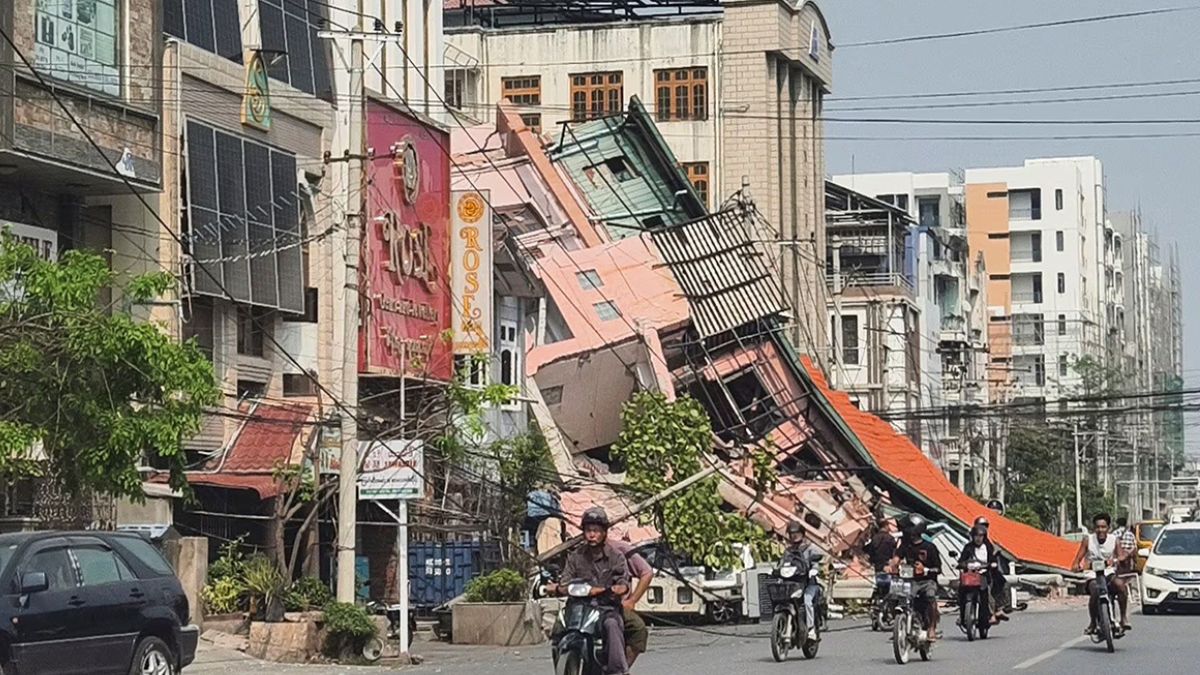
Naypyidaw: The official death toll from the 7.7 magnitude powerful earthquake that struck central Myanmar on Friday has surpassed 1,600, the New York Times reported on Saturday, citing the country’s military leaders.
According to the New York Times, rescue efforts continue to find survivors amidst the devastation following the earthquake, which hit near Mandalay, Myanmar’s second-largest city.
This has left volunteers and emergency workers sifting through the wreckage of buildings, monasteries, and mosques in search of any survivors.
The rescue teams, working under difficult conditions with downed power lines and damaged infrastructure, are facing significant challenges as the military regime keeps a tight grip on information, the New York Times reported.
The death toll is expected to rise, with preliminary estimates from the US Geological Survey suggesting that it could exceed 10,000.
The earthquake has sparked concerns about the ability of Myanmar’s military rulers to retain control of the country, which has been embroiled in a civil war since the military coup in 2021, as per the New York Times.
Prior to the disaster, nearly 20 million people in Myanmar were already facing severe shortages of food and shelter due to the ongoing conflict.
Despite the destruction, the Myanmar military continued its airstrikes on Friday evening, bombing a rebel-held village, Naung Lin, in northern Shan State of the country.
Local residents were shocked by the simultaneous attacks while the country was grappling with the national disaster.
In response, the National Unity Government, an opposition-led shadow government, announced it would pause offensive military operations in quake-affected areas for two weeks, though it reserved the right to defend itself, as reported by the New York Times.
The disaster has fuelled growing anger toward the military junta, with reports of soldiers and police officers showing up at disaster sites but failing to assist.
Volunteers expressed frustration towards the military junta, saying, “We don’t need guns; we need helping hands and kind hearts,” as quoted by the New York Times.
The junta has acknowledged the scale of the catastrophe, which also affected neighbouring countries, including causing building collapses as far away as Thailand’s Bangkok.
A state of emergency has been declared in six regions of Myanmar, including rebel-controlled areas.
The army’s leader, Senior Gen. Min Aung Hlaing, visited disaster zones and a makeshift hospital in Myanmar’s capital, Naypyitaw, on Friday.
Despite international sanctions and the junta’s isolation, the military government has made an urgent appeal for help, which is beginning to be answered, albeit with significant logistical challenges.
Aid workers face obstacles such as collapsed infrastructure, divided regions, and the potential interference of the military. The delivery of aid is further complicated by sanctions and the difficulties in transferring funds into the country.




